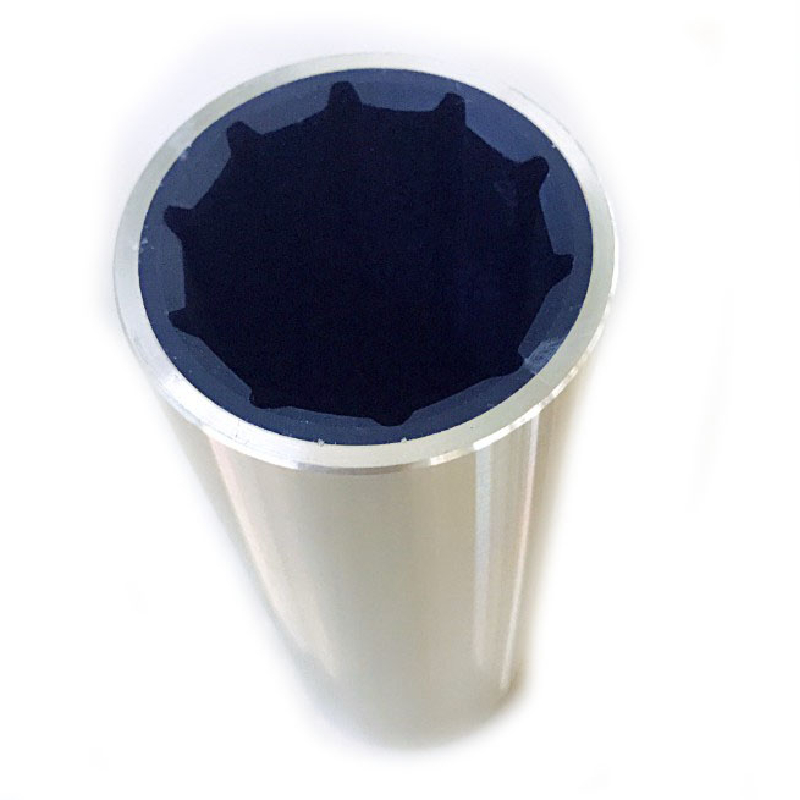high temp o rings
Understanding High-Temperature O-Rings Applications, Materials, and Considerations
In various industries, the importance of reliable sealing solutions cannot be overstated. One critical component in this regard is the O-ring, particularly when designed for high-temperature applications. High-temperature O-rings are essential in maintaining the integrity of systems that operate under extreme heat, ensuring that leaks do not compromise functionality or safety.
What Are O-Rings?
O-rings are circular rings made from elastomeric materials, designed to establish a seal at the interface between two or more components. Their simple design belies the critical role they play in preventing fluid and gas leaks, which can lead to operational failures or safety hazards.
Importance of High-Temperature O-Rings
Standard O-rings may perform well at moderate temperatures, but high-temperature O-rings are specially formulated to withstand extreme conditions. These rings are crucial in numerous applications, including automotive engines, aerospace components, chemical processing equipment, and power generation systems, all of which encounter elevated temperatures.
Operating in high-temperature environments poses a significant risk of material degradation. Conventional materials can harden, crack, or lose their elasticity, leading to seal failure. Thus, selecting the appropriate high-temperature O-ring material is vital for ensuring longevity and reliability in demanding conditions.
Materials Used for High-Temperature O-Rings
High-temperature O-rings are typically made from advanced materials that can endure prolonged exposure to heat without losing their sealing properties. Some common materials include
1. Fluorocarbon (Viton) Viton is renowned for its excellent thermal stability and resistance to aggressive chemicals. It can typically withstand temperatures up to 200°C (392°F) and is highly resistant to degradation.
2. Silicone Silicone O-rings can endure temperatures ranging from -60°C to 230°C (-76°F to 446°F). They maintain flexibility at low temperatures and significant resistance to aging, ozone, and UV exposure.
high temp o rings

3. PTFE (Teflon) While not elastomeric, PTFE is often used in O-ring applications due to its extraordinary thermal resistance and chemical inertness. PTFE O-rings excel in severe conditions but may require a backup ring to maintain sealing pressure.
4. Polyamide (Nylon) Nylon O-rings are suitable for high-temperature applications, often in the automotive and aerospace sectors. They offer good mechanical properties at elevated temperatures.
Considerations for Selecting High-Temperature O-Rings
When choosing high-temperature O-rings, several factors should be considered
- Temperature Range Assess the maximum temperature the O-ring will encounter and select a material that can withstand it comfortably.
- Chemical Compatibility Ensure that the selected material is compatible with any fluids or gases the O-ring will contact, preventing chemical degradation.
- Pressure Conditions High-pressure environments may require specific O-ring designs or materials to maintain a secure seal.
- Application Environment Consider factors such as exposure to UV light, ozone, and potential wear from friction, as these may affect material selection.
Conclusion
High-temperature O-rings are indispensable components in many critical applications across diverse industries. By understanding the properties and applications of various materials designed for high-temperature environments, manufacturers and engineers can select the most suitable O-rings for their specific needs. Ensuring a reliable seal not only enhances system performance but also contributes to the safety and efficiency of operations, underscoring the vital role of these small yet essential components in modern technology.
-
Simplifying Oil Changes: A Comprehensive Guide to Oil Drain Plugs and Their Variants
News Aug.04,2025
-
Mastering Oil Drain Maintenance: Solutions for Stripped, Worn, and Upgraded Oil Plugs
News Aug.04,2025
-
Fixing Oil Pan Plug Issues: Leaks, Stripped Nuts, and the Right Replacement Solutions
News Aug.04,2025
-
Everything You Need to Know About Oil Drain Plugs: Sizes, Fixes, and Upgrades
News Aug.04,2025
-
Choosing the Right Oil Drain Plug: A Guide to Sizes, Materials, and Drain Innovations
News Aug.04,2025
-
A Complete Guide to Automotive Drain Plugs: Types, Problems, and Innovative Solutions
News Aug.04,2025
-
The Ultimate Guide to Car Repair Kits: Tools and Essentials Every Driver Should Own
News Aug.01,2025
Products categories















